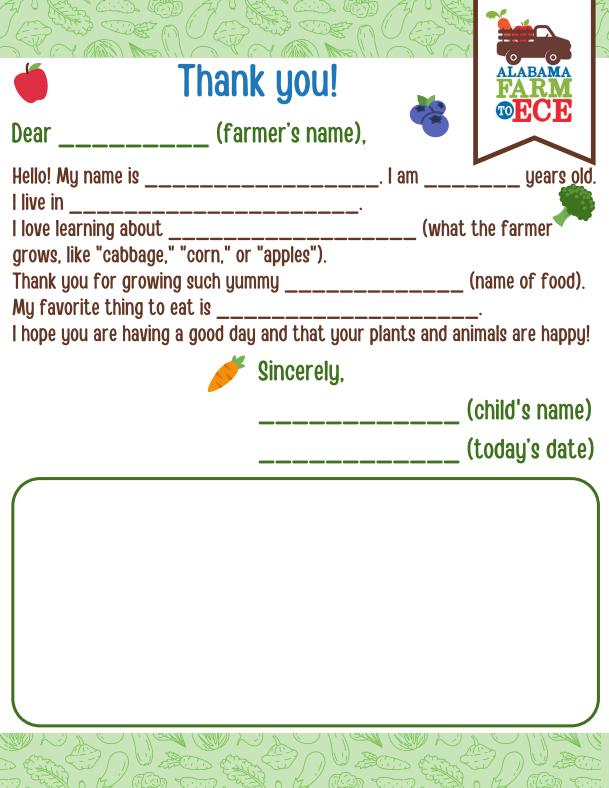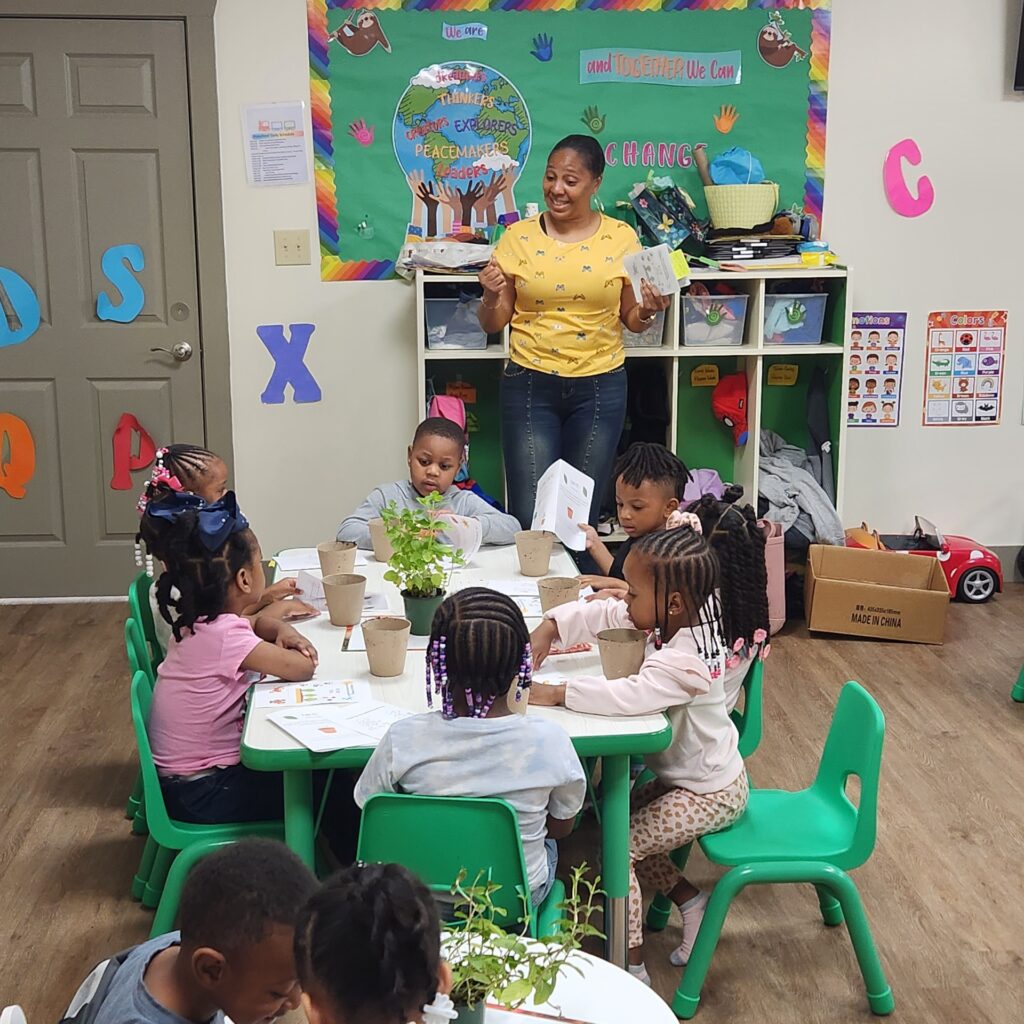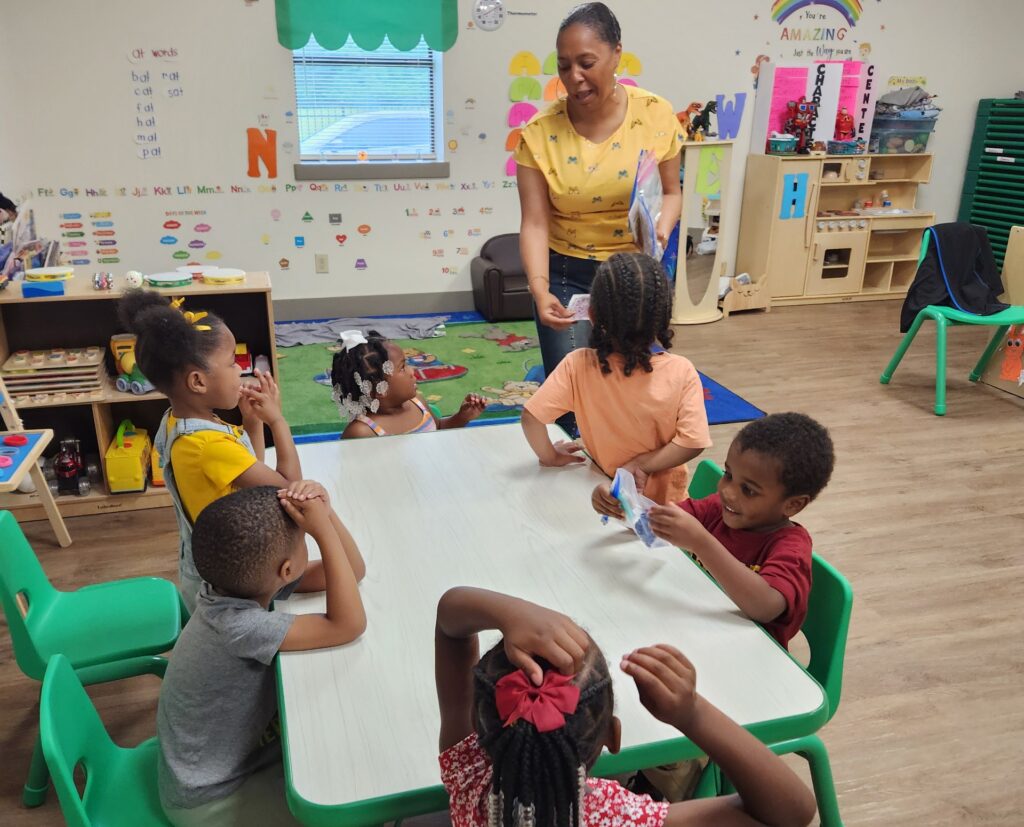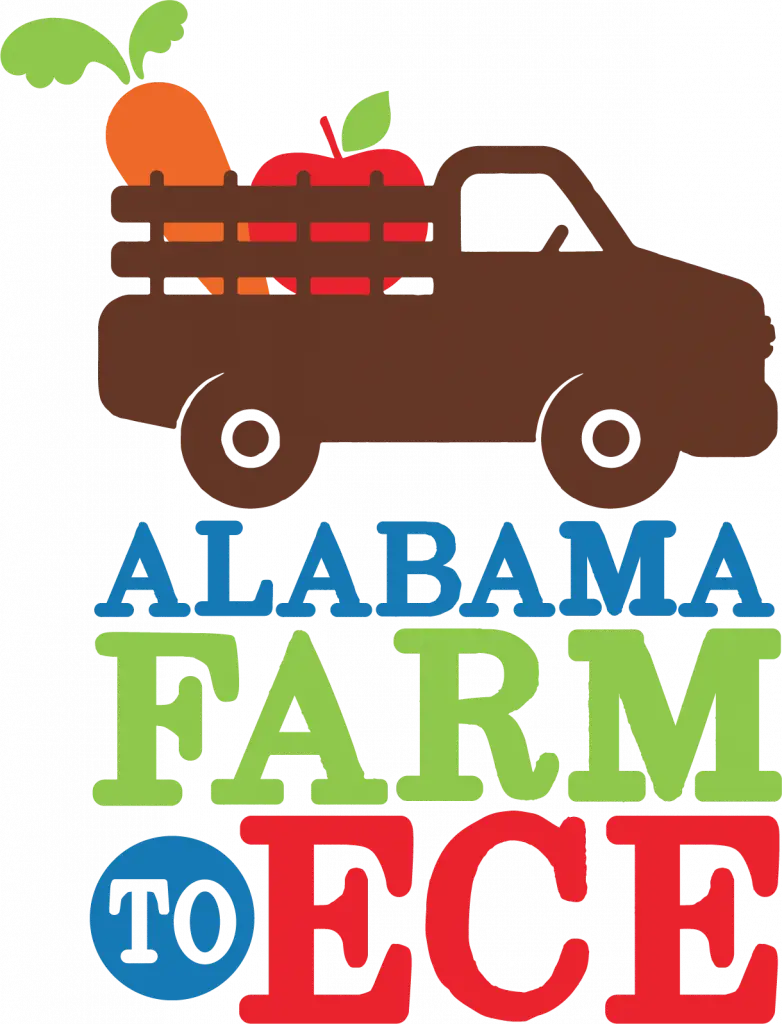In Alabama, we’re blessed with rich farmland, hardworking growers, and a strong sense of community. Connecting early learners with this agricultural heritage through Farm to Early Care and Education (Farm to ECE) programs not only promotes healthy eating, it plants the seeds of curiosity, empathy, and environmental awareness.
This month, we’re spotlighting a simple but impactful activity: writing letters to local farmers. Whether you’re growing herbs in a window box or planning your first garden, connecting children to the people who grow their food makes the experience richer and more meaningful. Building relationships with local farmers allows young children to:
- Learn where their food comes from
- Understand seasonal changes
- Appreciate community helpers
- Build early literacy and communication skills
Even if your program doesn’t yet have a garden or regular local produce, a letter exchange or virtual visit with a farmer can spark wonder and plant long-lasting connections.
Use this Letter to a Local Farmer Template for children in early care settings to connect with local farmers. Early childhood educators should make this an interactive activity where they ask children in their care the answers to these questions, help them fill in responses, and allow them to draw their own pictures to pair with a lesson about farmers, farming, and what they do.

Use these books before or after your letter-writing activity to build background knowledge:
- “Before We Eat: From Farm to Table” by Pat Brisson
- A simple, rhythmic picture book showing all the people who help bring food to the
Table.
- A simple, rhythmic picture book showing all the people who help bring food to the
- “Right This Very Minute” by Lisl H. Detlefsen
- A farm-to-table celebration, ideal for helping children understand food origins in real-time.
- A farm-to-table celebration, ideal for helping children understand food origins in real-time.
- “On the Farm, At the Market” by G. Brian Karas
- A beautifully illustrated look at the journey food takes from farms to markets.
How to Find a Local Farmer
Check out these Alabama resources:
- The Alabama Farmers Market Directory lists farmers markets, farm stands, and U-Pick farms by county.
- Your local extension office can provide assistance for gardening and local food purchasing activities.
- Community Supported Agriculture (CSA): Many CSA farmers welcome partnerships with schools and child care centers. Use this link or search “CSA programs near me” in your internet browser.
This lesson can be extended with these ideas:
- Create a “Farmer of the Month” bulletin board with pictures and facts.
- Visit a farmers market or invite a local grower to visit (in person or virtually).
- Plant a small garden and track food growth.

Farm to ECE doesn’t have to be complicated or require acres of space. A simple letter, a shared story, or a garden windowsill can build real-world connections that stick. Let’s help our children see the people behind their food and thank them with joyful hearts and colorful drawings.

